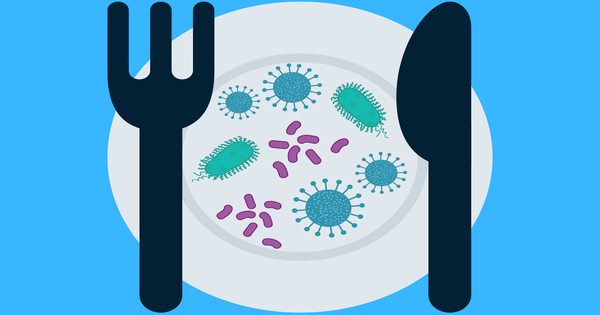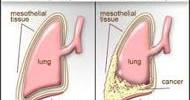Foodborne illness (food poisoning) is defined as any illness caused by pathogenic bacteria, viruses, or parasites that contaminate food, as well as prions (the agents of mad cow disease) and toxins such as aflatoxins found in peanuts, poisonous mushrooms, and various species of beans that have not been boiled for at least 10 minutes.
It refers to illnesses brought on by eating or drinking contaminated food or beverages. Bacteria, viruses, parasites, or toxins produced by microorganisms are commonly responsible for these illnesses. Contaminated food can cause a variety of symptoms ranging from mild discomfort to severe illness and, in some cases, death.
Symptoms
Symptoms vary depending on the cause, but they commonly include vomiting, fever, aches, and diarrhoea. Even if infected food was eliminated from the stomach in the first bout, microbes, such as bacteria (if applicable), can pass through the stomach into the intestine and begin to multiply. Some microbes survive in the intestine.
Symptoms of contaminants that require an incubation period may not appear for hours to days, depending on the cause and the amount consumed. Longer incubation periods cause those affected to fail to associate the symptoms with the item consumed, leading them to misdiagnose gastroenteritis, for example.
Cause
Foodborne illness is typically caused by improper food handling, preparation, or storage. Good hygiene practises before, during, and after food preparation can reduce the likelihood of getting sick. The public health community agrees that regular hand washing is one of the most effective defences against the spread of foodborne illness. Food safety refers to the process of monitoring food to ensure that it does not cause foodborne illness. Foodborne disease can also be caused by a wide range of environmental toxins.
Common causes of foodborne illnesses include:
- Bacteria: Bacterial contamination is a leading cause of foodborne illness. Examples of bacteria that can cause illness include Salmonella, Escherichia coli (E. coli), Campylobacter, and Listeria monocytogenes.
- Viruses: Viruses such as norovirus and hepatitis A can contaminate food and cause illness.
- Parasites: Parasites like Cryptosporidium and Giardia can contaminate food and water, leading to illness.
- Toxins: Certain bacteria produce toxins that can contaminate food and cause illness. Examples include Staphylococcus aureus, which produces toxins that cause symptoms such as vomiting and diarrhea.
Furthermore, foodborne illness can be caused by a number of chemicals, such as pesticides, medicines, and natural toxic substances such as vomitoxin, poisonous mushrooms or reef fish.
Foodborne illnesses can be acquired through various sources, including:
- Contaminated Food: A common cause is eating food contaminated with harmful microorganisms or their toxins. If proper hygiene and safety measures are not followed during food production, processing, or preparation, this can happen.
- Cross-Contamination: Cross-contamination can occur when bacteria from raw or uncooked food come into contact with cooked or ready-to-eat food. This can occur as a result of improper handling, the use of contaminated utensils or surfaces, or insufficient handwashing.
- Unsafe Food Handling: Poor food handling practises, such as improper storage temperatures (e.g., leaving perishable food at room temperature for too long), insufficient cooking temperatures, and insufficient reheating, can allow harmful microorganisms to grow and survive.
















